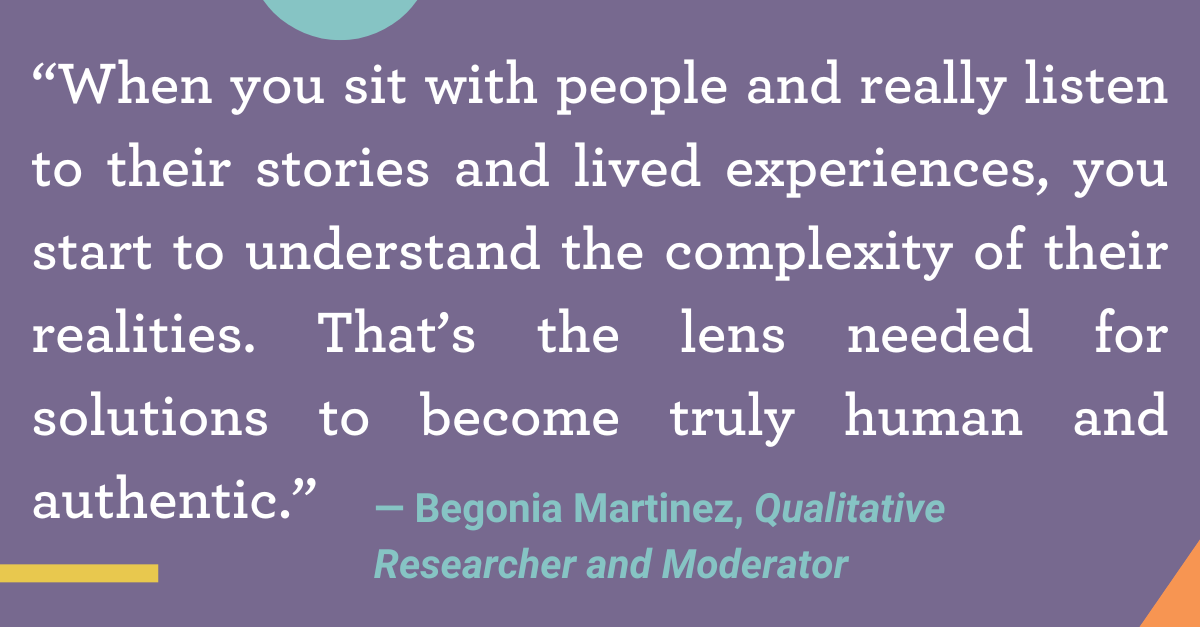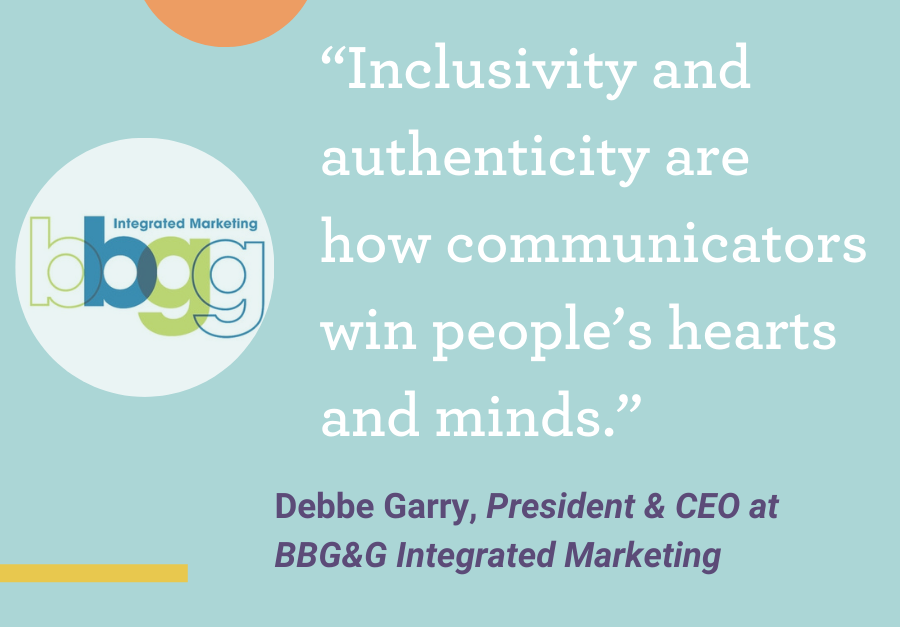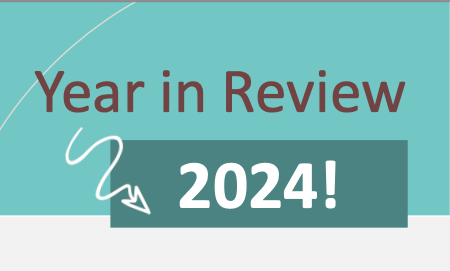In a world shaped by cultural shifts, changing identities, and new generational values, inclusive research isn’t a bonus. It’s the baseline. If you’re trying to grow your brand or fulfill your organization’s mission, then understanding the full depth of the people you serve isn’t optional. It’s essential to authentic programs and messaging that resonate.
That means going beyond demographics. It means digging into the layered, intersectional identities that shape how people see the world, make decisions, and show up as consumers, patients, voters, or community members.
Authenticity Isn’t Just Optics
We all know the difference between checking a box and actually connecting. Today’s audiences, especially younger ones, are quick to call out performative gestures. Gen Z, for instance, is deeply cross-cultural and expects brands to not just reflect their values but live them out loud.
 Superficial signals won’t cut it. Real authenticity starts with insight into people’s lived experiences and the nuances of identity. That understanding becomes the foundation for strategy and storytelling that feels relevant, respectful, and real.
Superficial signals won’t cut it. Real authenticity starts with insight into people’s lived experiences and the nuances of identity. That understanding becomes the foundation for strategy and storytelling that feels relevant, respectful, and real.
That’s the big shift we’re seeing. The days of one-size-fits-all messaging are fading. In their place: strategies that embrace intersectionality and speak to the way people actually move through the world, with the goal of resonating and connecting.
The Business Case Is Clear
Let’s talk numbers—inclusive research is a smart business move:
- LGBTQ+ consumers represent $1.4 trillion in annual spending power in the U.S alone. These consumers want to be seen in real, not performative, ways.
- Hispanic Americans now make up over 19% of the U.S. population, with buying power exceeding $3.4 trillion in 2023. But connecting with this audience takes more than translation—it takes storytelling that resonates on a cultural level.
- Black Americans hold over $2 trillion in projected buying power by 2025. Beyond the numbers, they are powerful cultural influencers across sectors.
- Gen Z, the most racially and ethnically diverse generation in American history, expects brands to “get” them. According to surveys, 80% expect brands to take a stand on issues that matter to them and to understand their values.
Bottom line: overlooking these audiences isn’t just a risk to your relevance, it’s a missed opportunity.
People Are Complex. Research Should Be Too.
All of this requires a different kind of research. Too often, research flattens people into categories. It flattens the richness of real lives into neat little boxes. But real life isn’t neat.
People make decisions based on how they see themselves and the world around them, how their identity, community, context, and lived experiences influence what they need and what they value.
When research captures those intersections—race, gender, life stage, sexuality, income, neurodiversity, and more—it becomes exponentially more powerful. Messages land better. Products feel more relevant. People feel seen. And when people feel seen, they respond with loyalty, advocacy, and trust.
So, How Do You Build More Inclusive Research?
It starts with intention. And it shows up in every step of the process:
- Audit Your Sample: It’s not enough to match the census. Ask yourself: Are we truly including the voices that matter (BIPOC, LGBTQ+, rural, low-income, neurodivergent, disabled)? Are we hearing from the people most often left out?
- Use Identity as a Lens, Not Just a Label: Don’t stop at “who” someone is. Ask how that identity shapes what they believe, need, and value. That might mean redesigning screeners and guides to invite more nuanced expression.
- Invest in the Right Tools and People: Inclusive research takes culturally competent moderators and thoughtful methodologies. You need people who can ask deeper questions and create space for honest answers.
- Analyze with Intersectionality in Mind: Slice your data to uncover nuance. Don’t just look at Gen Z—look at Latina Gen Z, or rural Gen Z, or Black Gen Z. Each intersection brings new insight.
- Translate Insights Into Action: It’s not enough to learn. You have to apply. Inclusive insights should shape the way you message, innovate, and show up. That might mean rethinking assumptions (and that’s a good thing).
Real Talk: What This Looks Like in Practice
We recently partnered with BBG&G Integrated Marketing and the New York State Office of Addiction Services and Supports (OASAS) on a study to help improve public health messaging for young people around substance use. Our goal was to speak to youth and parents across lines of race, gender identity, and life experience—honestly and effectively. We dug deeper than just behaviors to fully explore identity, cultural norms, and emotional triggers.
Addiction Services and Supports (OASAS) on a study to help improve public health messaging for young people around substance use. Our goal was to speak to youth and parents across lines of race, gender identity, and life experience—honestly and effectively. We dug deeper than just behaviors to fully explore identity, cultural norms, and emotional triggers.
What came out of this work were strategies rooted in real insight. They’re now helping OASAS connect with people in a way that feels real, not preachy.
Case Study: Moving From Addiction to Hope
Where We Go From Here
Inclusive research isn’t a trend. It’s how you build strategies that don’t just nod to culture, but truly reflect it. And it provides brands and organizations with an advantage, better positioning them for success in a changing, diverse consumer landscape.
At Southpaw, we specialize in connecting with hard-to-reach audiences that other firms may overlook—because the voices that are difficult to find often have the most important things to say.
If you’re ready for a new perspective—let’s talk.
Messaging examples developed by BBG&G Integrated Marketing for NY State Office of Addiction Services & Supports (OASAS).





